


| MOQ: | 1kg |
| Price: | US $2/kg |
| Standard Packaging: | Cylinder/Tank |
| Delivery Period: | 15 days |
| Payment Method: | L/C, T/T |
| Supply Capacity: | 50000kg/month |
Ethylene gas (C2H4) is a colorless, flammable gas with a slightly sweet odor. It is a naturally occurring plant hormone and is also produced industrially for various applications. Ethylene is involved in several biological and industrial processes. Here are some key points about ethylene gas:
Natural Occurrence: Ethylene is produced naturally in plants as a hormone and plays a crucial role in various physiological processes, including:
Ripening of Fruits: Ethylene is responsible for triggering the ripening process in many fruits. As fruits mature, they release ethylene, which promotes the breakdown of cell walls, softening of the fruit, and changes in color, flavor, and aroma.
Flowering and Senescence: Ethylene influences the flowering of some plants and stimulates the senescence (aging) of flowers and leaves.
Stress Responses: Plants release ethylene in response to various environmental stresses, such as drought, flooding, and mechanical damage. Ethylene helps regulate adaptive responses to these stresses.
Industrial Applications: Ethylene gas also has several industrial applications:
Petrochemical Industry: Ethylene is a key raw material in the petrochemical industry. It is used as a feedstock for the production of numerous chemicals, including polyethylene (the most widely produced plastic), ethylene oxide, ethylene glycol, vinyl chloride, and more.
Plant Growth Regulators: Ethylene-based products are used as plant growth regulators in agriculture and horticulture. They can be employed to control fruit ripening, promote flowering, inhibit sprouting, and regulate plant height.
Welding: Ethylene gas can be used as a fuel gas in oxyfuel welding and cutting processes, although it is less common than acetylene.
Safety Considerations: Ethylene gas is flammable and should be handled with caution. Here are some safety considerations:
Storage and Handling: Ethylene gas should be stored in appropriate containers or cylinders designed for flammable gases. It should be handled in well-ventilated areas, away from ignition sources and heat.
Fire Hazards: Ethylene is highly flammable and can form explosive mixtures with air. Proper precautions should be taken to prevent the accumulation of flammable concentrations and to minimize the risk of ignition.
Toxicity: Ethylene gas itself is not highly toxic. However, it can displace oxygen in confined spaces, leading to an oxygen-deficient environment. Proper ventilation is essential when working with ethylene gas.
When using ethylene gas in industrial or agricultural applications, it is important to follow all recommended safety guidelines, regulations, and best practices to ensure safe handling, storage, and use.
Please note that the specific regulations and safety requirements for handling ethylene gas may vary depending on the jurisdiction and the intended use/application.
Basic Info.
| Model No: | C2H4 | Transport Package | Cylinder |
| Specification: | 40L | Trademark | CMC |
| Origin: | Suzhou | HS Code | 2812190091 |
| Production Capacity: | 5000 Tons Per Month |
Specification:
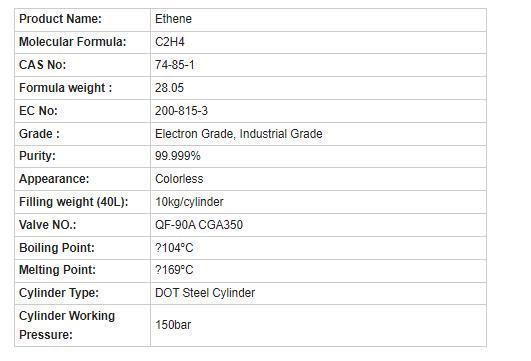
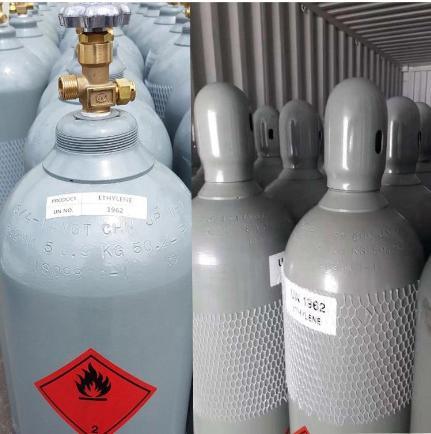
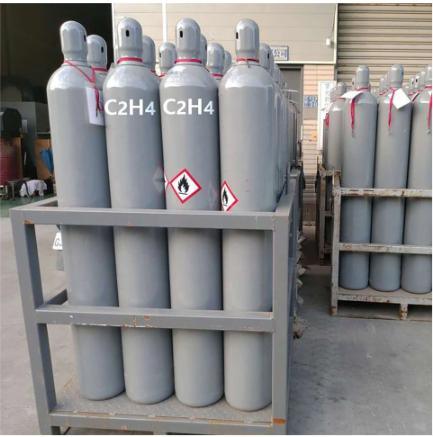
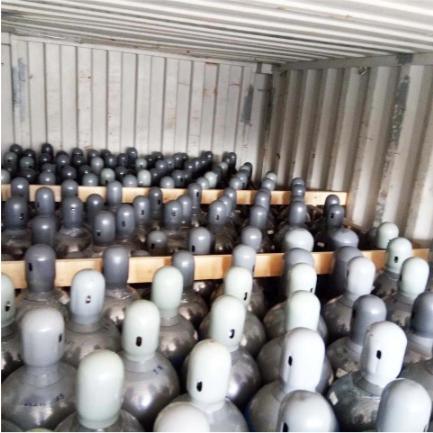
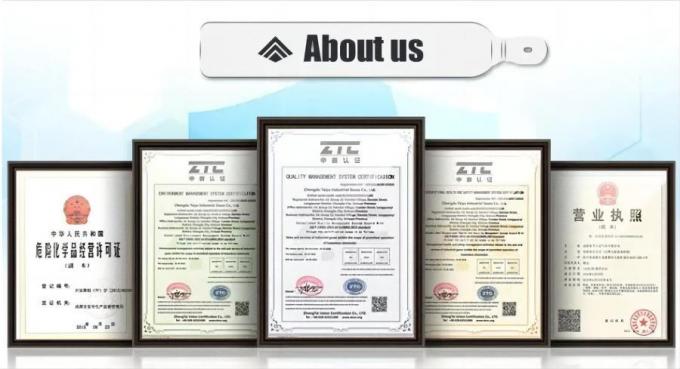

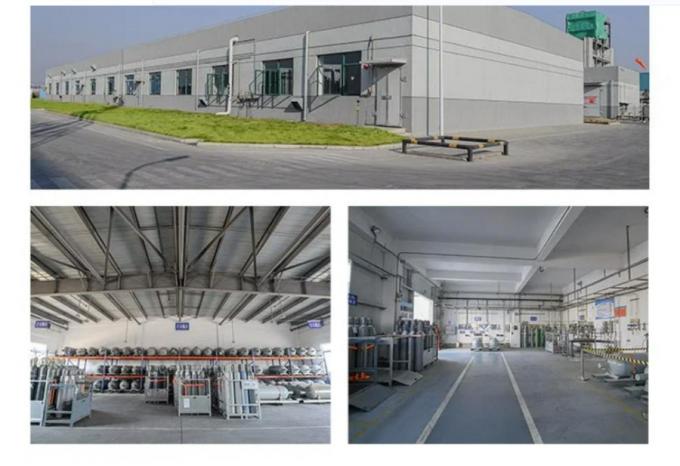

| MOQ: | 1kg |
| Price: | US $2/kg |
| Standard Packaging: | Cylinder/Tank |
| Delivery Period: | 15 days |
| Payment Method: | L/C, T/T |
| Supply Capacity: | 50000kg/month |
Ethylene gas (C2H4) is a colorless, flammable gas with a slightly sweet odor. It is a naturally occurring plant hormone and is also produced industrially for various applications. Ethylene is involved in several biological and industrial processes. Here are some key points about ethylene gas:
Natural Occurrence: Ethylene is produced naturally in plants as a hormone and plays a crucial role in various physiological processes, including:
Ripening of Fruits: Ethylene is responsible for triggering the ripening process in many fruits. As fruits mature, they release ethylene, which promotes the breakdown of cell walls, softening of the fruit, and changes in color, flavor, and aroma.
Flowering and Senescence: Ethylene influences the flowering of some plants and stimulates the senescence (aging) of flowers and leaves.
Stress Responses: Plants release ethylene in response to various environmental stresses, such as drought, flooding, and mechanical damage. Ethylene helps regulate adaptive responses to these stresses.
Industrial Applications: Ethylene gas also has several industrial applications:
Petrochemical Industry: Ethylene is a key raw material in the petrochemical industry. It is used as a feedstock for the production of numerous chemicals, including polyethylene (the most widely produced plastic), ethylene oxide, ethylene glycol, vinyl chloride, and more.
Plant Growth Regulators: Ethylene-based products are used as plant growth regulators in agriculture and horticulture. They can be employed to control fruit ripening, promote flowering, inhibit sprouting, and regulate plant height.
Welding: Ethylene gas can be used as a fuel gas in oxyfuel welding and cutting processes, although it is less common than acetylene.
Safety Considerations: Ethylene gas is flammable and should be handled with caution. Here are some safety considerations:
Storage and Handling: Ethylene gas should be stored in appropriate containers or cylinders designed for flammable gases. It should be handled in well-ventilated areas, away from ignition sources and heat.
Fire Hazards: Ethylene is highly flammable and can form explosive mixtures with air. Proper precautions should be taken to prevent the accumulation of flammable concentrations and to minimize the risk of ignition.
Toxicity: Ethylene gas itself is not highly toxic. However, it can displace oxygen in confined spaces, leading to an oxygen-deficient environment. Proper ventilation is essential when working with ethylene gas.
When using ethylene gas in industrial or agricultural applications, it is important to follow all recommended safety guidelines, regulations, and best practices to ensure safe handling, storage, and use.
Please note that the specific regulations and safety requirements for handling ethylene gas may vary depending on the jurisdiction and the intended use/application.
Basic Info.
| Model No: | C2H4 | Transport Package | Cylinder |
| Specification: | 40L | Trademark | CMC |
| Origin: | Suzhou | HS Code | 2812190091 |
| Production Capacity: | 5000 Tons Per Month |
Specification:






